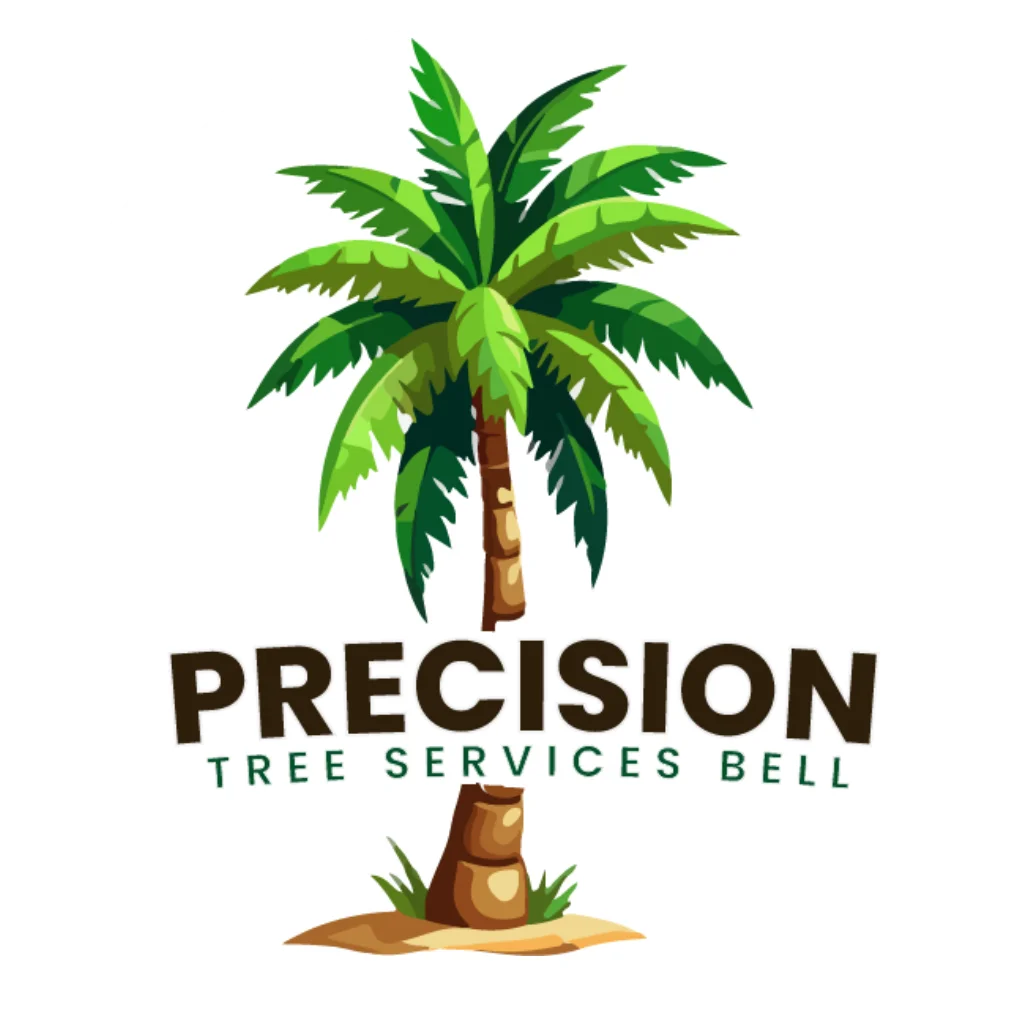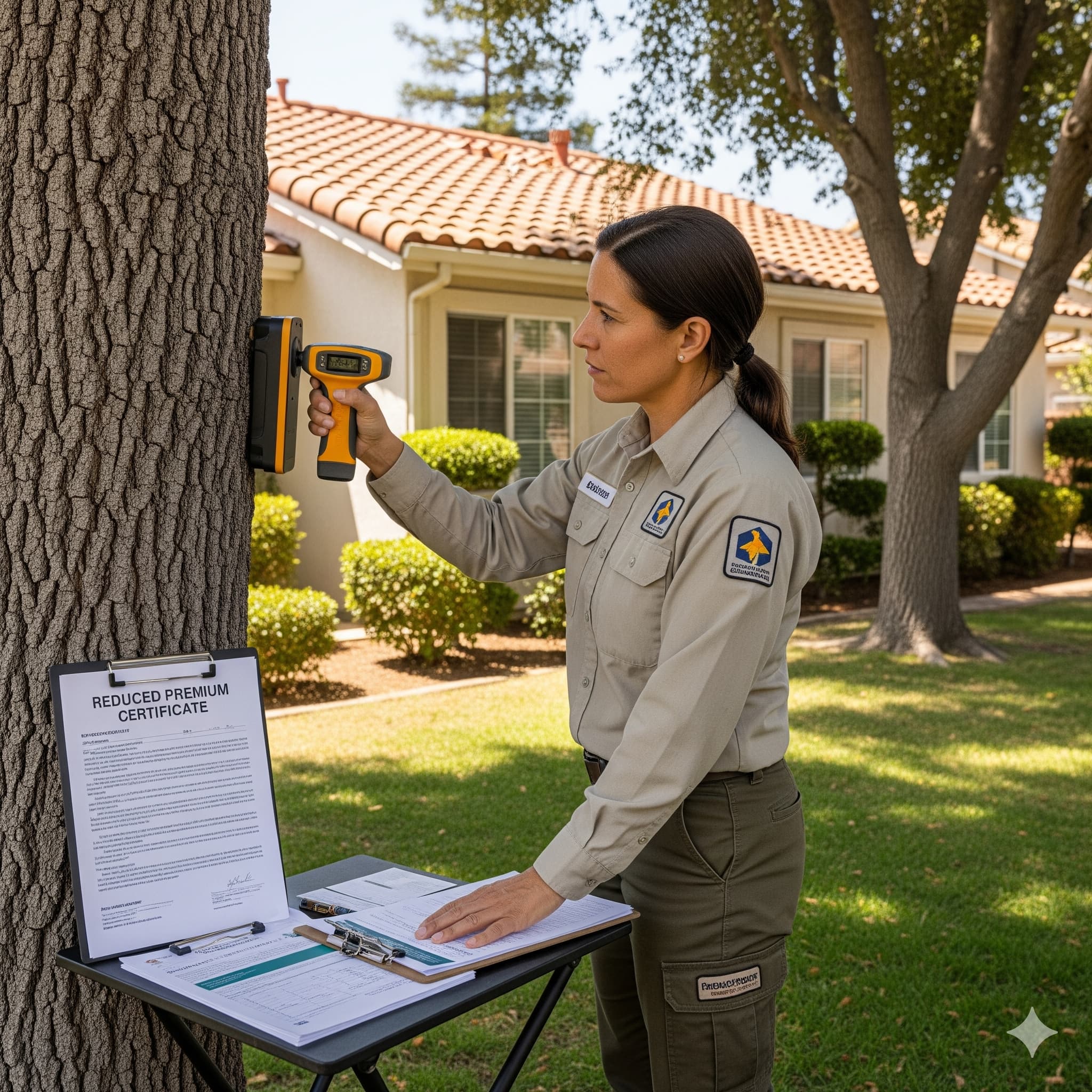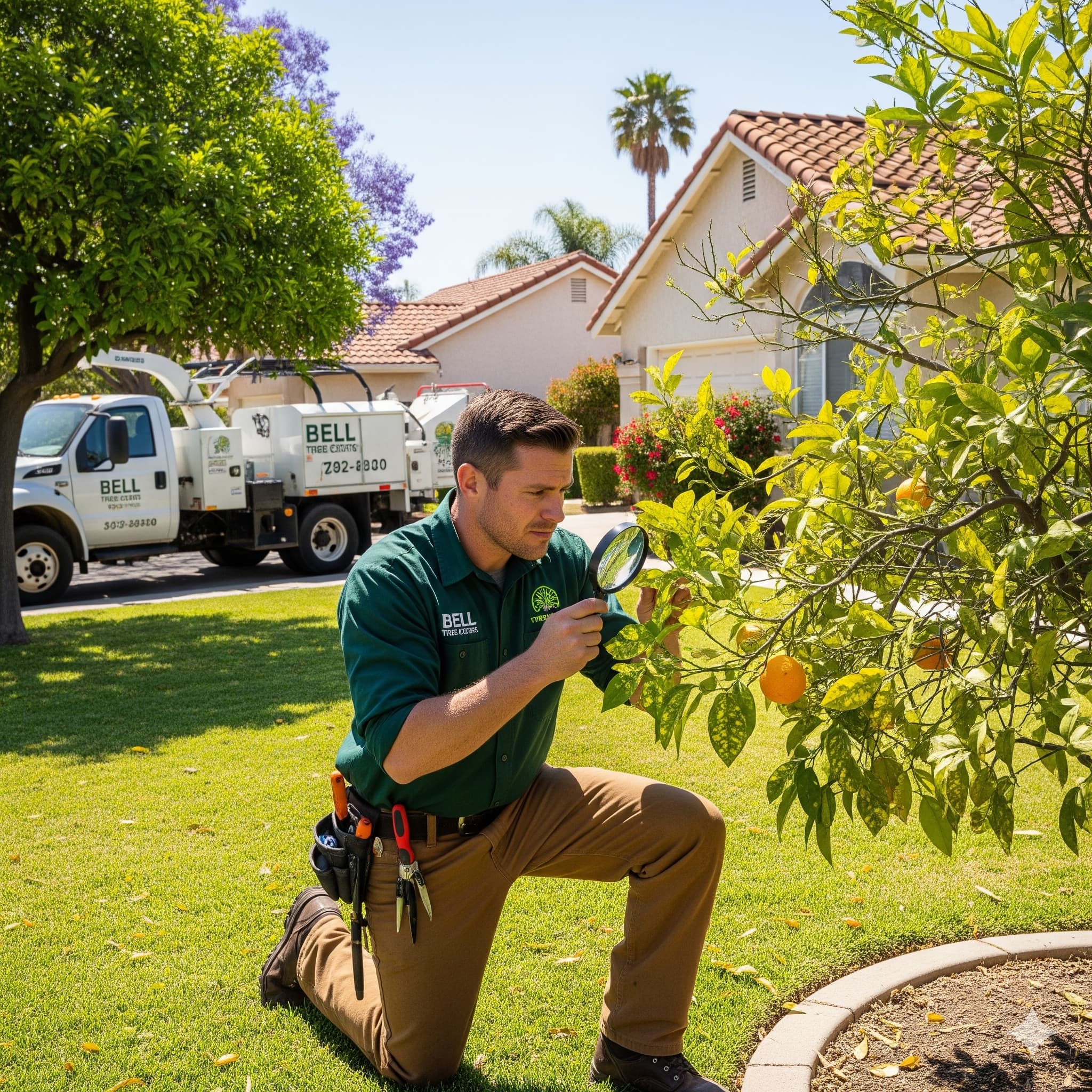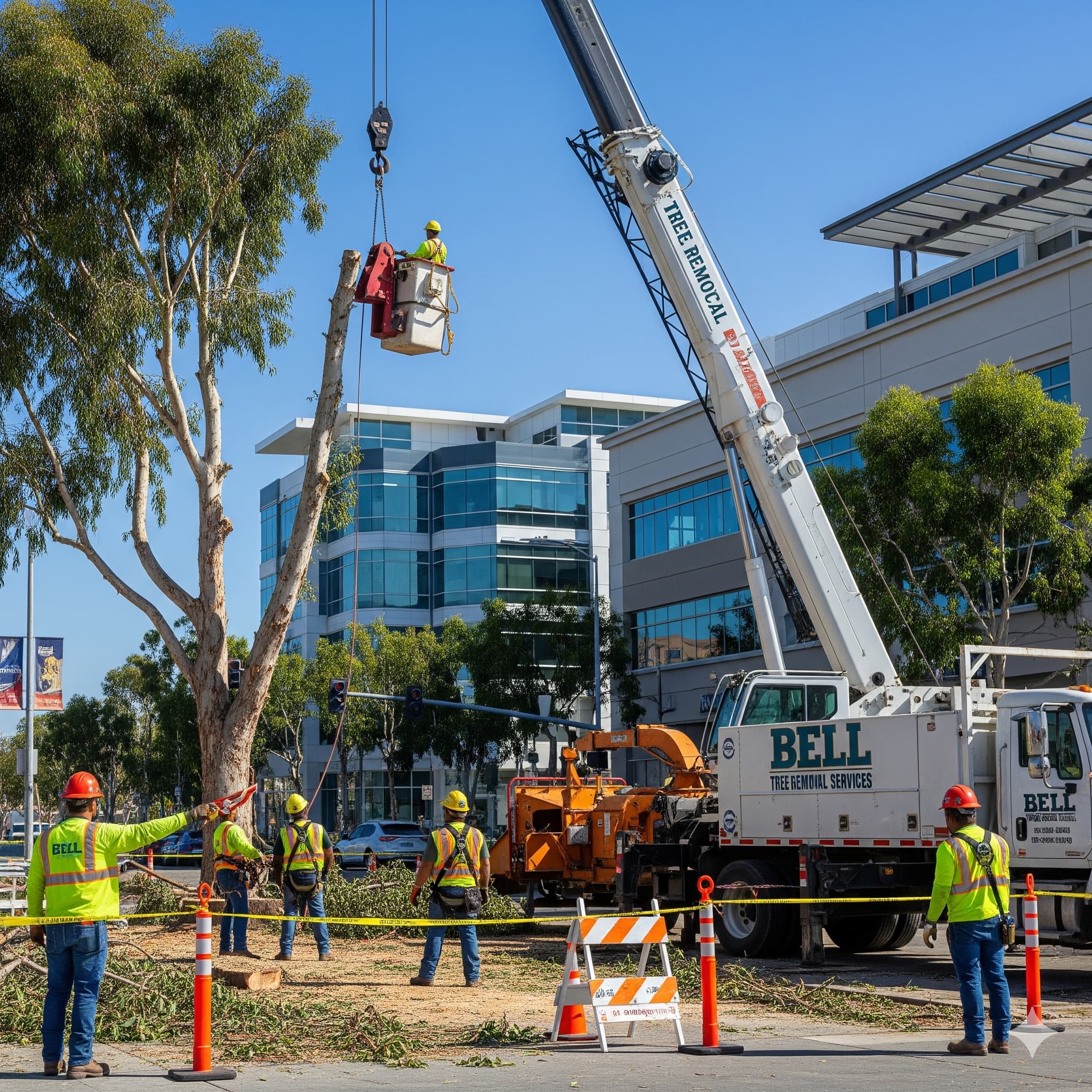
Pruning vs. Thinning: Best Tree Care for Bell’s Urban Landscape
In Bell’s dense urban environment, proper tree maintenance requires understanding the distinct differences between tree pruning and thinning techniques. Both practices serve essential roles in maintaining healthy trees, but they address different needs and achieve different outcomes. For residents seeking optimal tree care solutions, knowing when to apply each technique ensures the longevity and beauty of trees throughout the city.
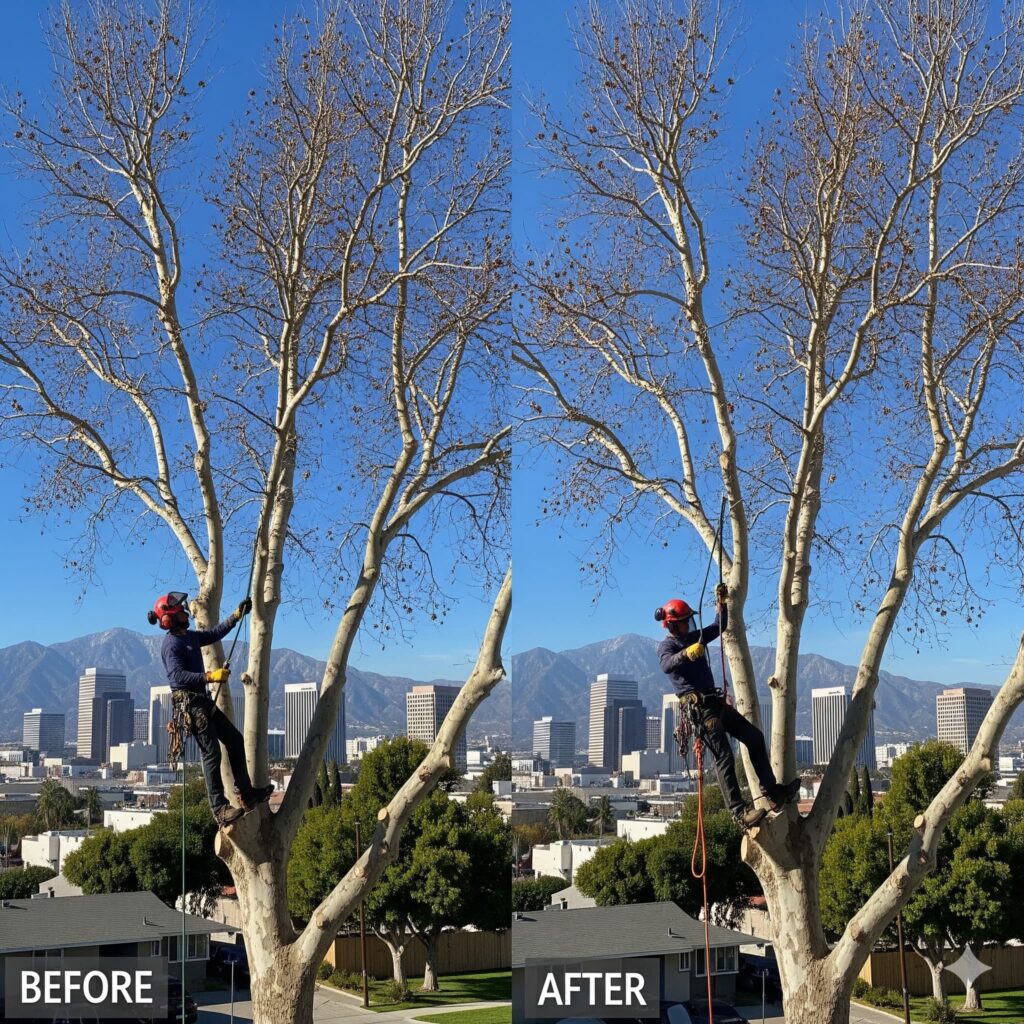
Understanding Tree Pruning Fundamentals
Tree pruning encompasses the selective removal of branches, limbs, or parts of trees to achieve specific objectives. This broader category includes various techniques designed to improve tree structure, health, appearance, and safety. Professional arborists consider factors such as tree species, age, location, and intended outcomes when determining appropriate pruning methods.
The Los Angeles Department of Recreation and Parks emphasizes that crown cleaning, crown raising, and crown reduction represent the most common pruning techniques used in urban environments. These methods focus on removing dead, diseased, or damaged wood while maintaining the tree’s natural form and structural integrity.
In Bell’s urban setting, proper pruning becomes especially critical due to the proximity of trees to homes, power lines, and pedestrian areas. The California Public Utility Commission requires minimum clearances between tree branches and electrical infrastructure, making regular pruning essential for both safety and utility service reliability.
Crown Thinning: A Specialized Approach
Crown thinning represents a specific pruning technique focused on selectively removing live branches from throughout the tree’s canopy to reduce density without altering the overall size or shape. This method aims to improve light penetration and air circulation while maintaining the tree’s natural form.
The process involves careful selection of branches for removal, typically targeting crossing, rubbing, or competing branches. Professional arborists remove these branches at their point of attachment to larger limbs, creating a more open canopy structure while preserving the tree’s strength and stability.
However, current industry best practices have evolved regarding crown thinning. The International Society of Arboriculture no longer considers routine crown thinning as a recommended practice due to potential negative impacts on tree health and structure. Modern arboriculture emphasizes structural pruning methods that focus on developing strong branch architecture rather than simply reducing canopy density.
Benefits and Applications of Traditional Pruning
Traditional pruning techniques offer numerous benefits for Bell’s urban trees. Crown cleaning removes dead, dying, diseased, or broken branches, eliminating potential safety hazards while improving tree health. This proactive approach prevents decay organisms from spreading throughout the tree structure.
Crown raising involves removing lower branches to provide clearance for pedestrians, vehicles, buildings, or other structures. In Bell’s residential neighborhoods, this technique ensures adequate clearance above sidewalks and streets while maintaining tree canopy benefits for property owners.
Crown reduction reduces the overall size of the tree by removing branches back to lateral limbs large enough to assume the terminal role. This technique proves valuable when trees have outgrown their available space or pose risks to nearby structures. Unlike improper topping practices, crown reduction maintains the tree’s natural form while achieving size management objectives.
Urban Environment Considerations
Bell’s urban forest includes diverse tree species, each with unique pruning requirements and responses. Native California species such as Coast Live Oak, California Sycamore, and Western Sycamore require different approaches than commonly planted street trees like London Plane or various eucalyptus species.
California Sycamores, native to riparian areas throughout Southern California, naturally develop irregular branching patterns and may require careful structural pruning to maintain stability in urban settings. These trees can reach impressive heights of 40-80 feet, making professional assessment essential for proper maintenance near the Los Angeles River area.
Coast Live Oaks, protected under Los Angeles County ordinances when they reach specific size thresholds, require specialized knowledge for proper care. These evergreen trees develop broad, spreading canopies that may need careful management to prevent conflicts with infrastructure while preserving their ecological value.
Street trees face additional stresses from pollution, soil compaction, and restricted root zones. These challenging conditions often require modified pruning approaches that focus on maintaining tree health while addressing urban constraints.
Air Quality and Pollution Mitigation
Trees in Bell’s urban environment provide crucial air quality benefits, filtering pollutants and producing oxygen. Proper pruning techniques can enhance these environmental services by maintaining healthy, vigorous trees with optimal leaf surface area for air cleaning functions.
Research demonstrates that urban trees can reduce summer cooling costs by 10-50% through strategic shade provision. Maintaining appropriate canopy density through proper pruning ensures these energy benefits while preventing excessive shade that might inhibit undergrowth or create moisture problems.
The Los Angeles region’s air quality challenges make healthy urban forests especially valuable. Trees intercept particulate matter, absorb gaseous pollutants, and help mitigate the urban heat island effect that affects dense communities like Bell.
Professional vs. DIY Considerations
Tree pruning in urban environments requires specialized knowledge, equipment, and safety training that typically exceeds homeowner capabilities. Professional arborists understand species-specific requirements, proper pruning timing, and techniques that promote long-term tree health.
California regulations require certified tree care professionals for work near power lines and protected tree species. In Bell, homeowners must obtain permits for certain tree work, and professional services ensure compliance with local ordinances and safety requirements.
Improper pruning techniques such as topping, lion-tailing, or excessive thinning can cause irreversible damage to trees, creating structural weaknesses, encouraging pest problems, and reducing lifespan. Professional arborists follow International Society of Arboriculture standards and ANSI A300 pruning specifications to ensure proper tree care.
Timing and Seasonal Considerations
Optimal pruning timing varies by species and intended objectives. Most tree species benefit from dormant season pruning, typically occurring during late fall through early spring when trees have reduced metabolic activity and wound response capacity is maximized.
However, certain species and situations require different timing considerations. Oak trees in California should be pruned during dry months to reduce oak wilt transmission risks. Trees flowering on previous year’s growth may need post-bloom pruning to preserve next season’s flowers.
Emergency pruning for safety hazards should occur immediately, regardless of season, but follow-up structural pruning should wait for appropriate timing when possible.
Species-Specific Approaches for Bell
Different tree species common in Bell require tailored pruning approaches. Eucalyptus species, while considered invasive in coastal areas, remain common in urban landscapes and require careful management due to their tendency toward weak branch attachments and rapid growth.
Palm species need specialized care focusing on removing dead fronds and seed stalks rather than traditional pruning techniques. Over-pruning palms can weaken them and make them susceptible to pests and diseases.
Deciduous fruit trees may require different approaches depending on whether they’re maintained for production or purely ornamental purposes. These trees often benefit from annual dormant season pruning to maintain size and promote healthy growth.
Infrastructure and Safety Integration
Bell’s urban environment requires tree pruning decisions that consider utility lines, buildings, sidewalks, and traffic patterns. Power line clearance requirements mandate specific pruning approaches that balance tree health with electrical safety requirements.
Root system considerations become important when pruning may affect tree stability near sidewalks or foundations. Reducing canopy size through pruning can help balance trees when root systems have been compromised by construction activities.
Street tree pruning must account for vehicle clearance, pedestrian safety, and visibility requirements for traffic control devices. These considerations often require crown-raising techniques applied gradually over multiple seasons to avoid shock to the tree.
Long-term Urban Forest Planning
Successful urban forest management in Bell requires considering individual tree needs within the broader context of community forest health. Proper pruning techniques contribute to tree longevity, reducing long-term replacement costs and maintaining established canopy benefits.
Regular pruning cycles help identify potential problems early, allowing for proactive management rather than reactive emergency responses. The Los Angeles Urban Forestry Division typically maintains a 15-year pruning cycle for street trees, though individual trees’ needs may require more frequent attention.
Planning pruning activities around community events, seasonal weather patterns, and budget cycles ensures optimal outcomes while minimizing disruptions to residents and businesses.
Environmental Benefits Optimization
Proper pruning techniques maximize the environmental benefits provided by Bell’s urban forest. Maintaining healthy canopies ensures optimal carbon sequestration, air pollution removal, and stormwater interception capabilities.
Structural pruning that develops strong branch architecture reduces the likelihood of branch failure during storms, protecting both the tree investment and the surrounding property. This proactive approach contributes to community resilience during extreme weather events.
Wildlife habitat considerations become important when pruning trees that provide nesting sites or food sources for birds and other urban wildlife. Timing pruning activities outside of nesting seasons helps protect these ecological relationships.
Conclusion: Choosing the Right Approach for Bell
The choice between traditional pruning techniques and specialized approaches like crown thinning depends on specific tree conditions, species characteristics, and management objectives. For Bell’s urban forest, structural pruning methods that focus on developing strong, stable trees generally provide better long-term outcomes than routine thinning practices.
Professional assessment ensures appropriate technique selection based on individual tree needs and urban environment constraints. Regular maintenance programs using proper pruning methods contribute to healthy, safe, and beautiful urban forests that benefit the entire Bell community.
Contact Precision Tree Services Bell today for an expert assessment of your trees’ pruning needs. Professional arborists can develop customized maintenance plans that ensure your trees thrive in Bell’s unique urban environment while contributing to the community’s environmental and aesthetic goals.
